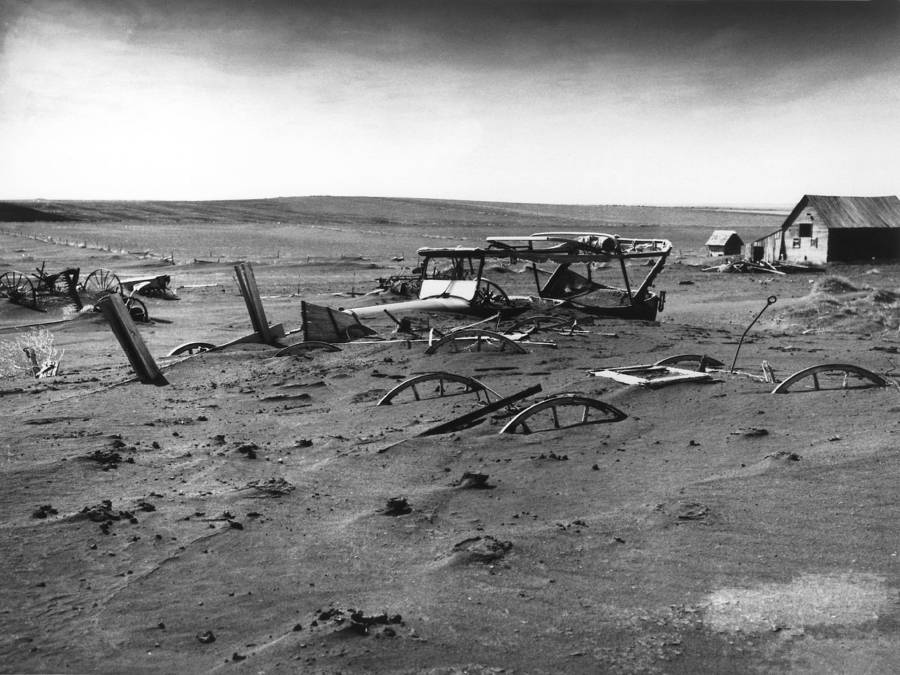Archaeologists have recently recovered an ancient brick that turned out to be about 2900 years old. Interestingly, the most fascinating thing about this piece of brick is not its age but the flora content.
Apparently, some further research revealed that the brick contained some plant parts and even animal dung. So, a comprehensive study of the almost three-millennia-old brick has given researchers some profound insight into what the vegetative and floral life of that time was like.
The old brick was excavated at a site in present-day Iraq, and it would be safe to assume that resources in the immediate environment were used in the brick’s production.
Going by ancient writings from hieroglyphs, that brick and many more like it must have been molded using mud from the Tigris River. As researchers would later discover, the mud would have been mixed with several other components like straw—which is how the Bible described some components of plant sources for ancient brick making in Egypt.
The brick in question was excavated from the ruins of a palace, which belonged to a neo-Assyrian king called Ashurnasirpal II. Researchers didn’t have much trouble dating the brick as inscriptions boldly preserved on its surface indicate it was made between 879 – 869 BCE. Also, archaeologists have come to believe that this time frame is the likely period of the palace’s construction.
The study required collaborative effort from experts in several disciplines, and they were able to identify about 34 different species of plant from that single piece of brick. Researchers from the University of Oxford in the UK, the University of Copenhagen in Denmark, and the National Museum of Denmark came together to achieve this great feat.
The principal researcher—Sophie Lund Rasmussen—from the University of Oxford, was quite amazed that a piece of brick could have served as a time capsule to preserve ecological artifacts from millennia ago. According to her, the DNA preservation was made possible by variations in the methods of brick-making over the years.
In more recent times, bricks have been mass-produced and dried in super-hot kilns and ovens, which makes analyzing their biological content very difficult. In contrast, ancient bricks are often left to dry naturally, sometimes in the sun. So, the ancient methods make it possible to retain and analyze the genetic signature of biological matter present in the bricks.
Another member of the research team, an Assyriologist—Troels Arbøll, from the University of Copenhagen—believes the DNA analysis of the ancient brick gives us a glimpse into the biodiversity of a typical ancient Assyrian commune.
Remember we mentioned that traces of animal dung were found in the brick; however, the researchers focused on animal DNA because those were better preserved. Examples of plants that were identified after the DNA analysis of the 2900-year-old brick are cabbage, birch, mustard, laurels, monocotyledonous grasses—probably wheat, and heather.
Without the out-of-the-box collaboration between researchers from multiple institutions and disciplines, the insightful results of this study would probably have been impossible.













































